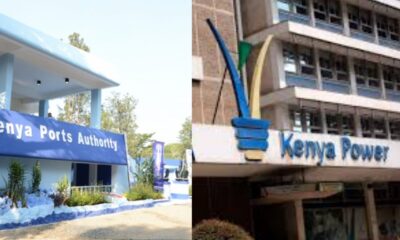Once again the searchlight turns onto the Mombasa port following fresh revelations of a vehicle smuggling racket.
Importers working with crafty government agencies short-circuit the processes and allow in vehicles and, by extension, other commodities without following due process. Consequently, the government is losing revenues while a few enrich themselves. This has to stop.
Although the Kenya Ports Authority (KPA) has pledged to work with other agencies to investigate and get to the bottom of the matter, it remains baffling that this problem has refused to go away. And the reason is that it is a network of insiders.
It is recalled that sometime last year, the government commissioned a multi-agency team to clear the rot at the port.
Then the problem was importation of counterfeit and expired goods and rampant tax evasion.
A contingent of ministers even pitched camp at the port while the KPA leadership was dismantled and a new team appointed to drive the clean-up.
For a while, some gains were made. Corruption cartels were scuttled, work processes improved leading to expeditious clearance of goods.
But we are back to the bad old days. Corrupt cartels have resurfaced and what was reported is an indicator that those dubious deals never ended.
This points to the fact that cleaning the port is not an event but a process — strategic, methodical and long-term.
Heavy investments have been made at the port to ensure efficiencies and transparency. As the gateway to East Africa and the Horn, efficiencies are paramount.
Last week, Presidents Uhuru Kenyatta (Kenya) and Yoweri Museveni (Uganda) camped at the port to inspect and assess initiatives rolled out to modernise its operations. This was happening against the backdrop of previous reservations that the port was not serving the region well, a point that had driven some of the countries, Uganda included, to look for other alternative routes — specifically Dar es Salaam.
But just as Kenya was beginning to bask in the glory of locking in neighbours, damaging reports have re-emerged to suggest that the operations at the port are not foolproof.
The racketeers operate within the port and are known to the authorities. It is a network of importers, clearing agents, security personnel, officials at the port, Kenya Revenue Authority and all other agencies in the chain. We demand quick and sustained action to clear them and end endemic malpractices at the port.

 General News1 week ago
General News1 week ago
 Politics1 week ago
Politics1 week ago
 Business News7 days ago
Business News7 days ago
 General News7 days ago
General News7 days ago
 Business News21 hours ago
Business News21 hours ago




